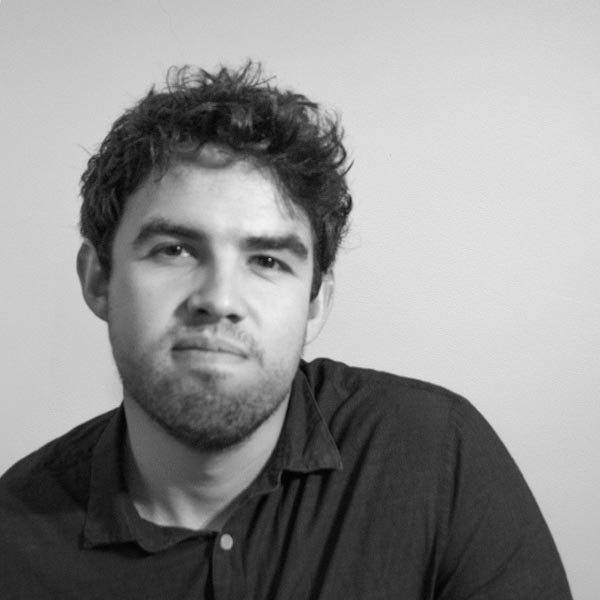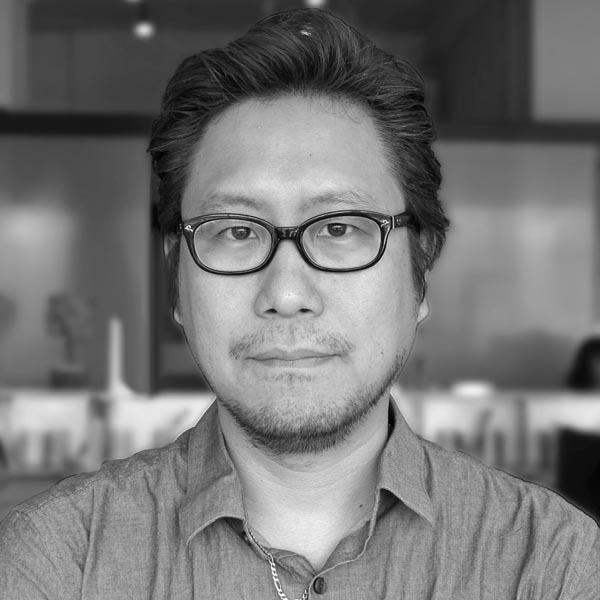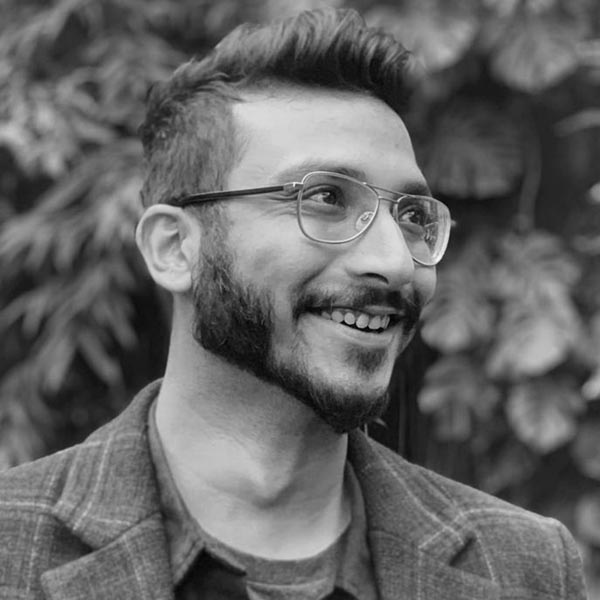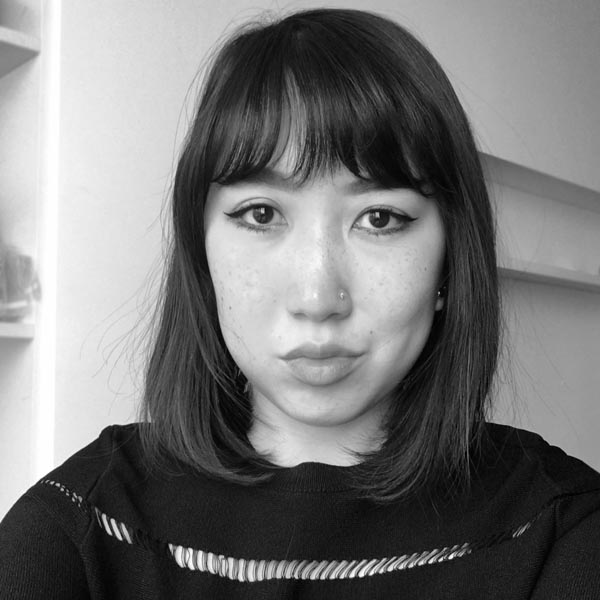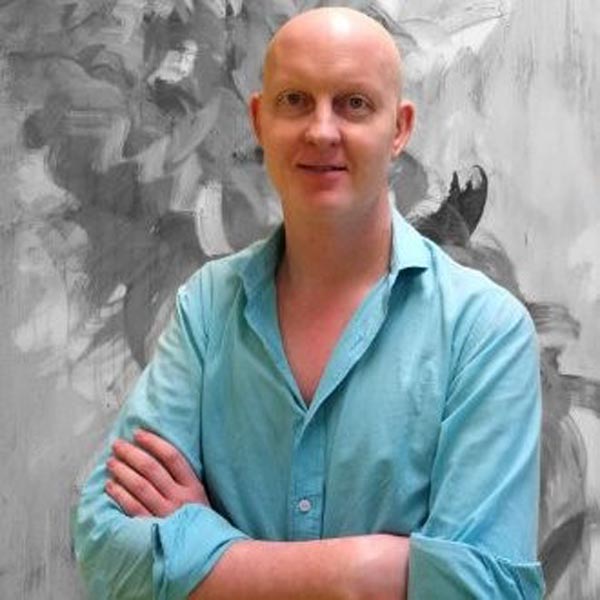
ALTERNATE REALITIES
AR 2020
Meet the Winners
First Prize winner
We would like to introduce you to the winners of the 1st prize of “Alternate Realities 2020” competition – Gary Polk and Jungjae Suh from USA. Their project is titled – Icarus.
We met each other in graduate school while pursuing our MArch 1 at the University of Pennsylvania. I went on to work at BIG while Jungjae went to work at DS+R.
Our approach to the competition brief was instinctively to imagine how small, everyday things impact the way we design and build our environment. Every design decision ultimately stems from some fundamental understanding of our world, whether it is gravity, material properties, climate, along with culture, human proportion, and so forth. Thus, we decided to envision an alternate world where we change one core element – specifically, adding wings to the human body – and see how that will unfold in a new timeline of design innovation.
Architecture should reflect and influence society, as does art. However, after nurturing our optimism in the academic sector and now having been professionals for a number of years, we can safely say that architecture is not nearly as noble as it sometimes claims, and the vast majority of the industry falls on maximizing profit and helping developers make money. That is why think-tanks and idea competitions such as these are crucial to remind us about the true impact that architecture can have.
For young architects, to explore their own design capacity and sensibilities outside the guise of a professor, and for professionals to ponder and exercise their design fantasies without the limitations of their office or client.
Second Prize winner
We would like to introduce you to the winners of the 2nd prize of “Alternate Realities 2020” competition – Anoovab Deka and Inez Low from UK and China, respectively. Their project is titled – The Coffin Maker.
We both met whilst pursuing our MArchD course in 2014, at the Oxford School of Architecture. We were in the same design studio that was exploring the idea of The Continuous Present. We question the role of the architect in the contemporary city and how to intervene in an ever-changing urban landscape without constructing a tabula rasa or pristinely preserving the old.
Both our schemes were advocating for architecture that manifests the expanded moment of the present by challenging the typology of the museum as one that traditionally collects the past. We were both pursuing design schemes that introduced new forms, programs and strategies to collect the present.
Evidently, we never stopped pursuing such ideas because we carried them over into our own work and personal projects over the years and it has manifested in various forms.
Anoovab Deka and Inez Low are Senior Architectural Designers, based in London and Shanghai respectively.
We had various topics that were circling in the beginning but was ultimately inspired by a photograph that we saw online:
This photograph was of a body of a suspected Covid-19 victim. After the patient died, nurses wrapped the body in layers of plastic and applied disinfectant to help prevent the spread of the virus. This was taken at the beginning of the global pandemic and it has sparked fascination and terror at the same time. People were still in denial at how deadly this virus was and to what extent was the pandemic even real. What was interesting was the way the victim was put to rest – not in the most honorable way, in fact wrapped in plastic and cellophane and sprayed with disinfectant, ready to be thrown out for fear of contracting the same virus of doom. A human completely dehumanised and diminished, only to be known as a victim of something greater.
We began thinking then about what death rituals are today and how they have changed to accommodate dire situations like the pandemic.
This led us to explore the idea of commemorating the dead in a dystopian future:
How could we articulate this spatially?
What would it look like?
How would we make them?
And most importantly, why?
Our research led us to explore found artefacts and objects, casting and plastic preservation as a method, as well as various death rituals from different cultures, which included death masks, mummification and entombing. By looking at these, we were able to explore the design at different scales and form a holistic design narrative.
We believe that architecture is a creative expression of the changing times and should be fluid to accommodate the ebb and flow. Architecture is not an independent unit and is heavily influenced by the natural environment but more evidently today, by societal thinking and expectations on what architecture is and how it should perform – physically and digitally. As architects, we are curators that need to collect and sieve information rapidly in order to design humanistic spaces that are not only aesthetically pleasing and functional, but also morphing and adapting to suit current times.
Ultimately, it is about honouring the society we design for – a current present, a place and its culture.
As architects, we are spatial storytellers – we are required to be innovative and develop new ideas all the time. Hence why we think architectural competitions give you an avenue to explore a myriad of topics, discussions and ideas relating, not just to design, but to current events that are happening around the world.
By doing architectural competitions, you will develop a strong sense of self in design and this is absolutely vital – not just for your own benefit, but to be able to develop amazing, forward-thinking projects.
Third Prize winner
We would like to introduce you to the winner of the 3rd prize of “Alternate Realities 2020” competition – Jon Andrew Sealey from Qatar. His project is titled – Protective Skins.
Jon Andrew Sealey
I studied Interior design at the Manchester School of Architecture and have been working in industry for around 19 years. I started at London’s Imagination HQ before working as an architects assistant in Manchester.
I then went on to work in South Korea and Bangkok for 15 years for some of Asia’s most respected companies. It was there where I was exposed to a massive range of clients and sectors with which to experiment. I work on all scales and many different disciplines from landscape to interior design to fashion. At the moment I run a team of 61 as the head of Interior design for in Qatar. I am lucky enough to work for some of the worlds largest clients. At the present I am the lead designer for Qatar Petroleum’s HQ in Doha which is the world largest workplace fitout.
Just the name “Alternative realities” was enough to interest me. I am often looking at competitions to enter. They are fun and give me the opportunity to work without many constraints. This competition was almost a blank canvas for me to express something. It has been hard to ignore the current situation in the world right now. At the point of designing, everyone was on full lockdown. I thought, well what if the world didn’t find a vaccine? How would we live?. What if buildings became infected? How could we protect ourselves and the world around us? It kind of stemmed from there.
Great buildings have the opportunity to change and form the way we live. Good architecture has the emotional connection to the user and community and is specific and respectful of the location. I consider architecture, or any design for that matter, an incredibly serious career. It’s not a job it’s a lifestyle. Your heart has to be in it. You have to be passionate to be a designer as it will occupy every part of your life.
Competitions force designers to look at things in new ways. They enable them to approach projects which, in many cases, they would never do in practice and often without too many constraints. This is what is fun. It’s important because creativity is the foundation of great design. Exercising personal innovation is a great way to develop any career. Also, when the competition is announced you get to see so many other examples of the same brief and learn from others. You should always enter a competition with a minimal outcome that you have learn ’t something. Be it a new skill or something about how to present.
